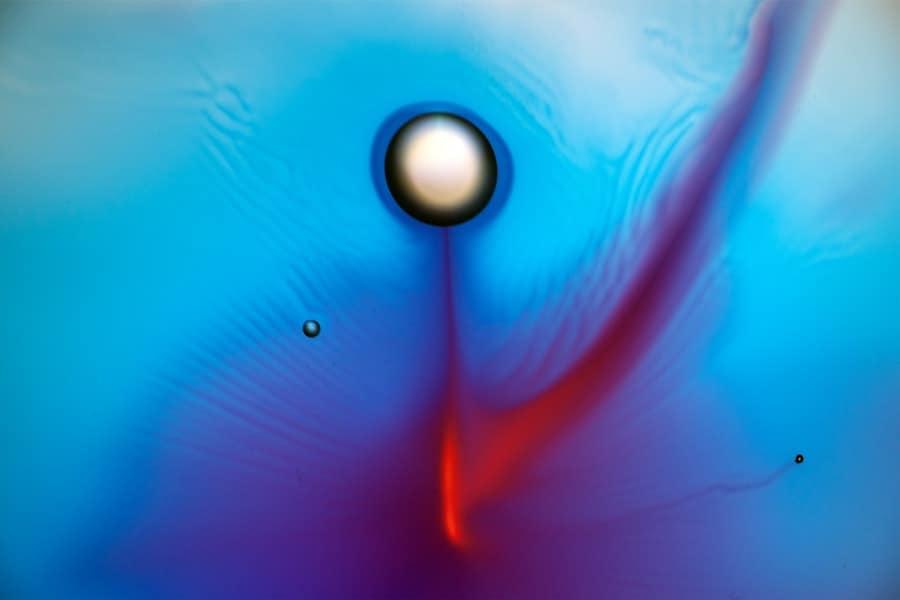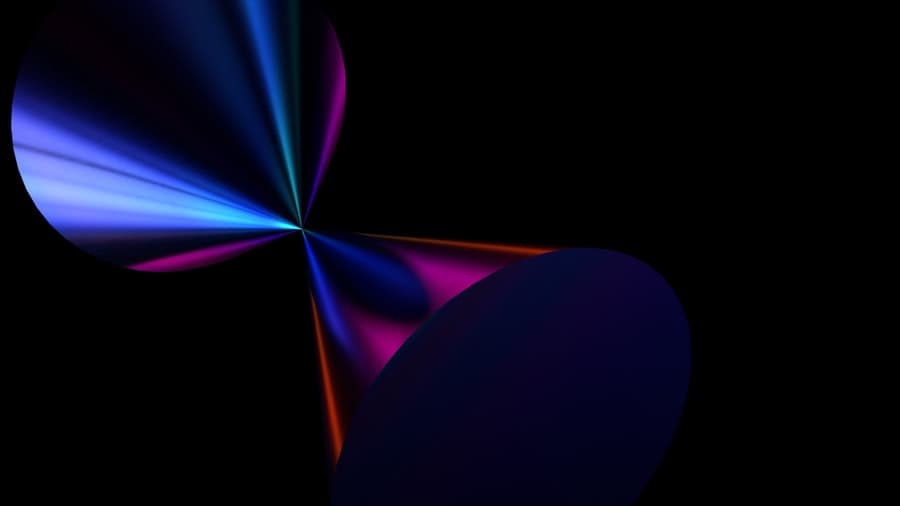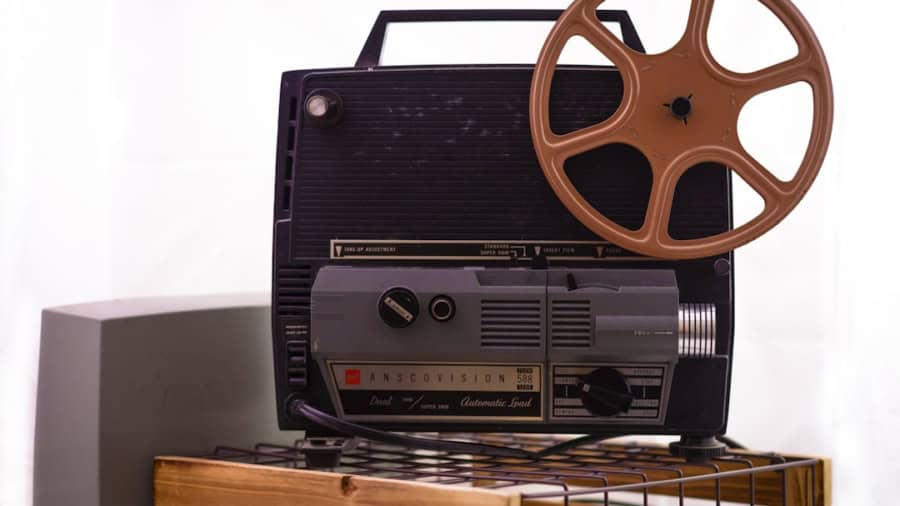Holographic communication represents a groundbreaking advancement in the way information is transmitted and received, particularly in the context of space missions. This technology utilizes three-dimensional images that can be viewed from multiple angles, creating a more immersive and interactive experience compared to traditional two-dimensional video conferencing. As space agencies like NASA and private companies such as SpaceX push the boundaries of human exploration beyond Earth, the need for effective communication systems becomes increasingly critical.
Holographic communication could revolutionize how astronauts interact with mission control, collaborate with each other, and even engage with educational outreach programs on Earth. The concept of holographic communication is not merely a futuristic dream; it is grounded in the rapid advancements in optics, computing, and telecommunications. By leveraging techniques such as light field technology and advanced imaging systems, holography can provide real-time visual representations of individuals and environments.
This capability is particularly valuable in space missions, where the vast distances and time delays inherent in space travel can hinder effective communication. The ability to project a lifelike hologram of a team member or mission control personnel could bridge the gap created by distance, fostering a sense of presence and immediacy that is often lacking in traditional communication methods.
Key Takeaways
- Holographic communication offers a revolutionary way for astronauts to communicate in space missions, providing a more immersive and realistic experience.
- The advantages of holographic communication in space missions include real-time 3D visualization, improved collaboration, and reduced communication delays.
- Challenges and limitations of holographic communication in space missions include technical complexity, potential system failures, and the need for high bandwidth.
- Current applications of holographic communication in space missions include training simulations, remote medical consultations, and virtual mission control meetings.
- Potential future developments in holographic communication for space missions may include enhanced holographic displays, improved data transmission, and expanded use in extraterrestrial exploration.
- Holographic communication can have a significant impact on astronauts and mission control by improving situational awareness, reducing isolation, and enhancing decision-making processes.
- Ethical and privacy considerations in holographic communication in space missions include data security, consent for recording and sharing holographic interactions, and the potential for psychological effects on astronauts.
- In conclusion, the future of holographic communication in space missions holds great promise for transforming the way astronauts communicate and collaborate, but it also requires careful consideration of technical, ethical, and privacy implications.
Advantages of Holographic Communication in Space Missions
One of the most significant advantages of holographic communication in space missions is its ability to enhance collaboration among astronauts. In the confined and isolated environment of a spacecraft or space station, effective teamwork is essential for mission success. Holographic technology allows crew members to visualize complex data and schematics in three dimensions, facilitating better understanding and problem-solving.
For instance, when conducting repairs or scientific experiments, astronauts can manipulate holographic models of equipment or biological samples, making it easier to identify issues and devise solutions collaboratively. Moreover, holographic communication can significantly improve training and simulation exercises for astronauts. Traditional training methods often rely on flat screens and two-dimensional representations, which can limit the depth of understanding.
Holography enables trainees to engage with lifelike simulations that mimic real-life scenarios they may encounter during missions. This immersive training experience can lead to better preparedness and quicker decision-making in high-pressure situations. The ability to visualize complex systems in three dimensions can also enhance safety protocols, as astronauts become more adept at recognizing potential hazards and responding appropriately.
Challenges and Limitations of Holographic Communication in Space Missions

Despite its numerous advantages, holographic communication in space missions faces several challenges and limitations that must be addressed before widespread implementation can occur. One primary concern is the technological complexity involved in creating and maintaining holographic systems in the harsh environment of space. The equipment required for holography—such as high-resolution projectors, sensors, and computing power—must be robust enough to withstand extreme temperatures, radiation, and microgravity conditions.
Developing such resilient technology poses significant engineering challenges that require extensive research and testing. Another limitation is the bandwidth required for transmitting holographic data over vast distances. Current communication systems used in space missions often struggle with latency issues due to the immense distances involved.
Holographic communication demands even higher data rates than standard video feeds, which could exacerbate existing bandwidth constraints. As a result, ensuring reliable and timely transmission of holographic images may necessitate advancements in satellite technology and ground-based infrastructure. Addressing these challenges will be crucial for the successful integration of holographic communication into future space missions.
Current Applications of Holographic Communication in Space Missions
While holographic communication is still in its nascent stages within the realm of space exploration, there are already promising applications being explored by various organizations. For instance, NASA has been investigating the use of holography for remote collaboration between astronauts aboard the International Space Station (ISS) and experts on Earth. By utilizing holographic displays, scientists can provide real-time guidance to astronauts conducting experiments or repairs, allowing for a more interactive and effective exchange of information.
Additionally, private companies are also exploring the potential of holographic communication for space tourism and commercial spaceflight. As companies like Blue Origin and Virgin Galactic work towards making space travel accessible to civilians, the need for effective communication systems becomes paramount. Holographic technology could enhance the experience for passengers by providing immersive briefings about their journey, as well as facilitating real-time interactions with mission control during flights.
These applications not only demonstrate the feasibility of holographic communication but also highlight its potential to transform how we experience space travel.
Potential Future Developments in Holographic Communication for Space Missions
Looking ahead, several potential developments could further enhance the capabilities of holographic communication in space missions. One promising avenue is the integration of artificial intelligence (AI) with holographic systems. AI could analyze data from various sources—such as environmental sensors or astronaut health monitors—and generate real-time holographic representations that provide critical insights during missions.
For example, an AI system could create a hologram that visualizes an astronaut’s physiological data alongside their surroundings, enabling mission control to monitor health conditions more effectively. Another exciting prospect is the development of portable holographic devices that astronauts can use during their missions. Current holographic systems often require bulky equipment that may not be practical for use in confined spacecraft environments.
Future innovations could lead to lightweight, compact devices capable of projecting high-quality holograms without compromising functionality. Such advancements would allow astronauts to access vital information on-the-go, enhancing their ability to respond to challenges as they arise.
Impact of Holographic Communication on Astronauts and Mission Control

The introduction of holographic communication has the potential to profoundly impact both astronauts and mission control personnel. For astronauts, the ability to interact with lifelike holograms can alleviate feelings of isolation that often accompany long-duration space missions. The immersive nature of holography fosters a sense of connection with colleagues on Earth, which can be crucial for mental well-being during extended periods away from home.
This emotional support can enhance crew morale and cohesion, ultimately contributing to mission success. For mission control teams, holographic communication offers new avenues for collaboration and problem-solving. The ability to visualize complex scenarios in three dimensions allows mission controllers to better understand the challenges faced by astronauts in real-time.
This enhanced situational awareness can lead to more informed decision-making and quicker responses to emergencies or unexpected situations. Furthermore, the interactive nature of holography enables mission control personnel to engage more effectively with astronauts during critical operations, fostering a collaborative environment that enhances overall mission performance.
Ethical and Privacy Considerations in Holographic Communication in Space Missions
As with any emerging technology, ethical and privacy considerations must be carefully examined when implementing holographic communication in space missions. One primary concern revolves around data security; transmitting sensitive information via holography could expose it to potential interception or unauthorized access. Ensuring robust encryption protocols will be essential to protect both personal data related to astronauts’ health and mission-critical information from malicious actors.
While enhanced connectivity can improve morale, it may also blur the lines between reality and virtual interactions. Astronauts may develop emotional attachments to holograms representing loved ones or colleagues, which could complicate their psychological state during long missions.
Addressing these concerns will require careful consideration of how holographic technology is integrated into mission protocols and support systems.
The Future of Holographic Communication in Space Missions
The future of holographic communication in space missions holds immense promise for transforming how we approach human exploration beyond Earth. As technology continues to advance, the potential applications for holography will expand, offering new ways for astronauts to collaborate with each other and with mission control teams on Earth. While challenges remain—ranging from technological hurdles to ethical considerations—the ongoing research and development efforts indicate a strong commitment to harnessing this innovative communication method.
By fostering deeper connections among crew members and between astronauts and mission control personnel, holography has the potential to redefine our understanding of teamwork in space exploration. As we continue to push the boundaries of what is possible in human spaceflight, embracing technologies like holography will be essential for navigating the complexities of future missions.
In addition to exploring the future of holographic communication in space missions, it is crucial to consider the role of advanced technology in enhancing content creation. NeuronWriter SEO NLP Optimization is a powerful tool that can boost the quality and visibility of written content, making it an essential resource for space mission communication strategies. To further enhance the overall experience, utilizing the best lighting design software is also key. The Ultimate Guide to the Best Lighting Design Software of 2023 offers valuable insights into the top tools available for creating visually stunning holographic displays in space. Additionally, for astronauts looking to prioritize their health and well-being during missions, the best Android health management watches can provide valuable data and insights. By incorporating these resources into space mission planning, the potential for successful holographic communication in space is limitless. Source
FAQs
What is holographic communication?
Holographic communication is a technology that allows for the transmission and reception of three-dimensional images, creating the illusion of a person or object being present in a different location.
How does holographic communication work in space missions?
In space missions, holographic communication can be used to transmit and receive real-time, three-dimensional images of astronauts, equipment, and surroundings between spacecraft, mission control, and other locations on Earth.
What are the benefits of using holographic communication in space missions?
Holographic communication can provide more immersive and realistic interactions between astronauts and mission control, improve situational awareness, and enhance collaboration and decision-making in space missions.
What are the challenges of implementing holographic communication in space missions?
Challenges include the need for high-speed and reliable data transmission, the development of lightweight and portable holographic display technology, and the integration of holographic communication systems with existing spacecraft and mission control infrastructure.
What is the future potential of holographic communication in space missions?
The future potential of holographic communication in space missions includes enabling more effective remote operations, enhancing astronaut training and support, and facilitating public engagement and outreach in space exploration.


Add a Comment